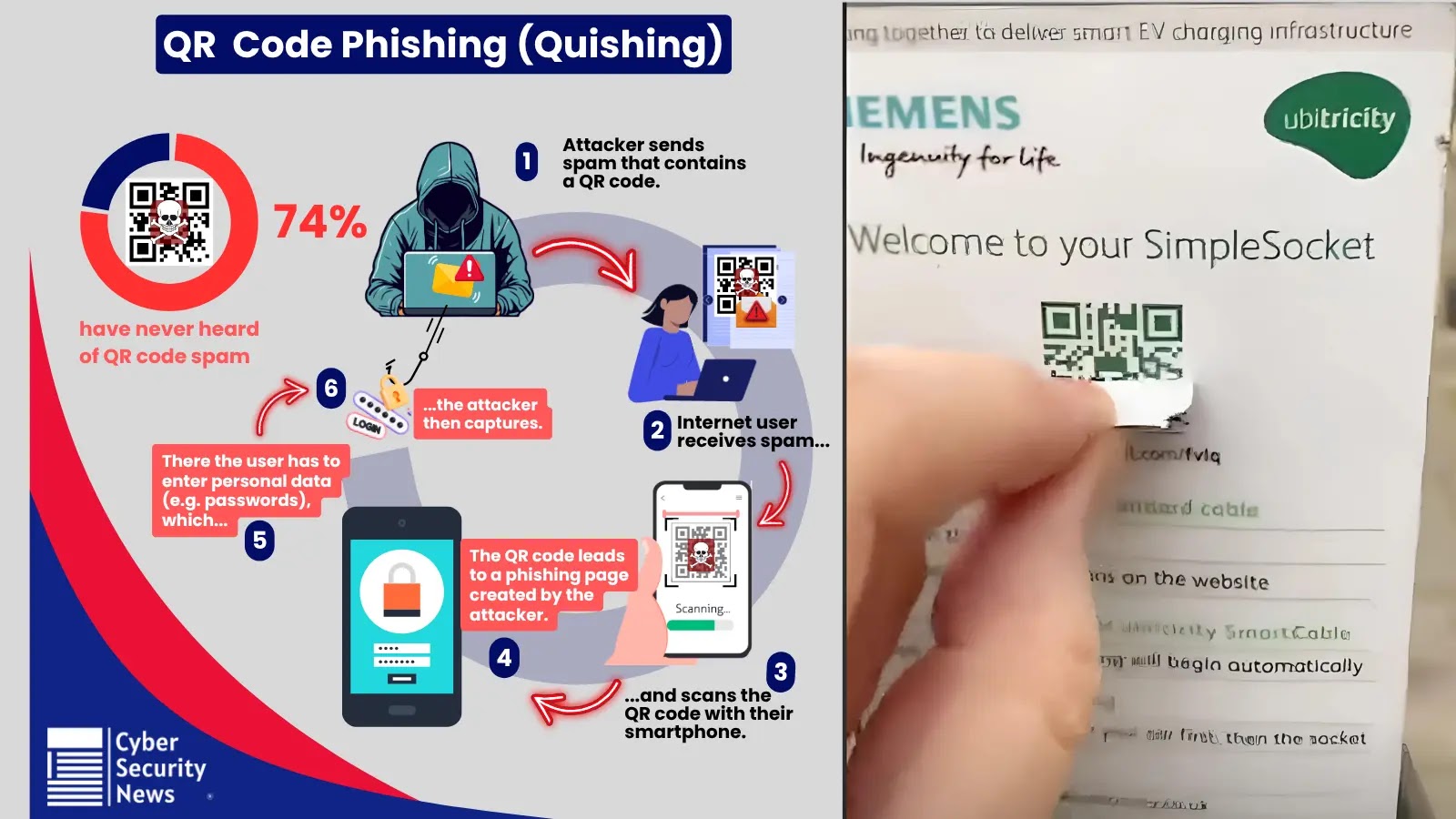The Cybersecurity and Infrastructure Security Agency (CISA) has recently issued a critical alert concerning a significant vulnerability affecting multiple Apple products. This flaw, identified as CVE-2022-48503, resides within the JavaScriptCore engine and poses a substantial risk by allowing attackers to execute arbitrary code through the processing of malicious web content. The affected platforms include macOS, iOS, tvOS, Safari, and watchOS, thereby exposing a vast number of users to potential remote exploitation.
Background and Current Exploitation
Initially disclosed in 2022, CVE-2022-48503 has re-emerged as an active threat. CISA’s inclusion of this vulnerability in its Known Exploited Vulnerabilities (KEV) catalog underscores its ongoing exploitation in the wild. Despite Apple’s efforts to patch this issue in subsequent updates, devices that remain unpatched or have reached their end-of-life (EoL) status are particularly susceptible to attacks.
A CISA spokesperson highlighted the persistent danger, stating, This isn’t just a relic of the past; threat actors are weaponizing old bugs against outdated devices. The agency emphasized the severity of this vulnerability, noting its potential to lead to full system compromise. Such breaches could result in data theft, deployment of ransomware, or further dissemination of malware. While there are no confirmed links to specific ransomware campaigns, the history of exploitation associated with this flaw necessitates immediate attention.
Technical Details and Impact
The vulnerability’s extensive reach across Apple’s ecosystem is particularly concerning. JavaScriptCore, the engine that powers Safari and other web rendering functionalities in iOS, macOS, tvOS, and watchOS, is integral to processing dynamic web elements such as scripts and animations. An attacker could exploit this flaw by crafting a malicious webpage or email link designed to trigger the vulnerability, effectively bypassing traditional security defenses.
Devices running older versions of Apple’s operating systems, such as iOS 15 or earlier versions of macOS, are especially vulnerable if they have not been updated. CISA warns that end-of-service (EoS) products, which no longer receive support from Apple, lack available patches, leaving users indefinitely exposed to potential exploits.
Recommendations and Mitigation Strategies
CISA’s directive is unequivocal: users and organizations must update to the latest vendor-patched versions without delay. Apple has released fixes in security updates dating back to early 2023. Users should verify their systems are up to date by navigating to Settings > General > Software Update.
For devices that cannot be updated, particularly those that have reached EoL status, CISA advises discontinuing their use to prevent exploitation. Network defenders are encouraged to monitor for unusual JavaScript activity and implement endpoint detection rules aimed at identifying code execution attempts.
Recent reports indicate a 20% year-over-year increase in attacks targeting Apple platforms, highlighting the critical need for vigilance. Organizations that delay applying patches risk cascading breaches, while individual users should prioritize updates to protect their digital assets.
Conclusion
The resurgence of CVE-2022-48503 as an actively exploited vulnerability serves as a stark reminder of the importance of timely software updates and proactive security measures. Users and organizations must remain vigilant, ensuring their devices are updated and monitoring for any signs of exploitation. By adhering to CISA’s recommendations and maintaining robust security practices, the risks associated with this vulnerability can be effectively mitigated.



